ringgitplus
20th December 2019 - 5 min read
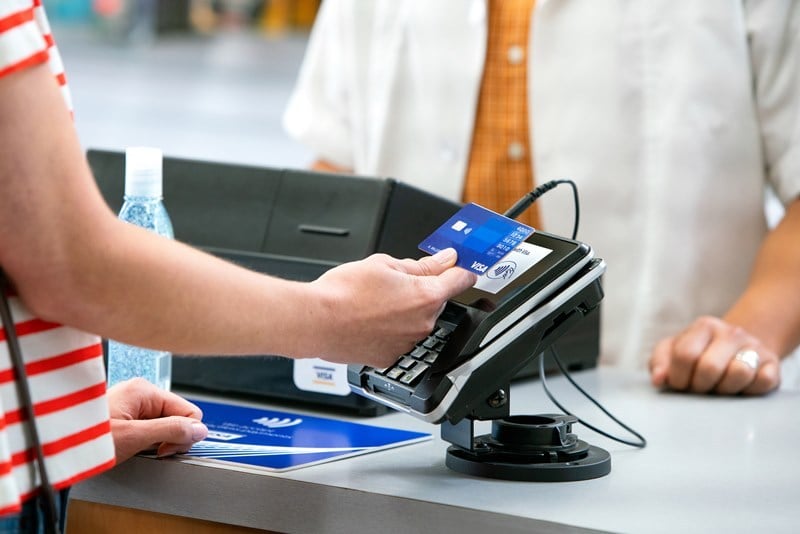
Contactless payments have been around for a while now. Visa contactless – or Visa payWave, as it was previously known – was first introduced to the Malaysian market in 2007, allowing customers to tap their cards against a payment terminal to pay for their transactions. Later on, contactless payments evolved and you can now use your mobile phone to make contactless payments or even a wearable contactless gadget, like a smartwatch or bracelet.
However, if you still aren’t familiar with contactless payments and how they work, here are a few facts that you should know.
#1 How Do Contactless Payments Work?
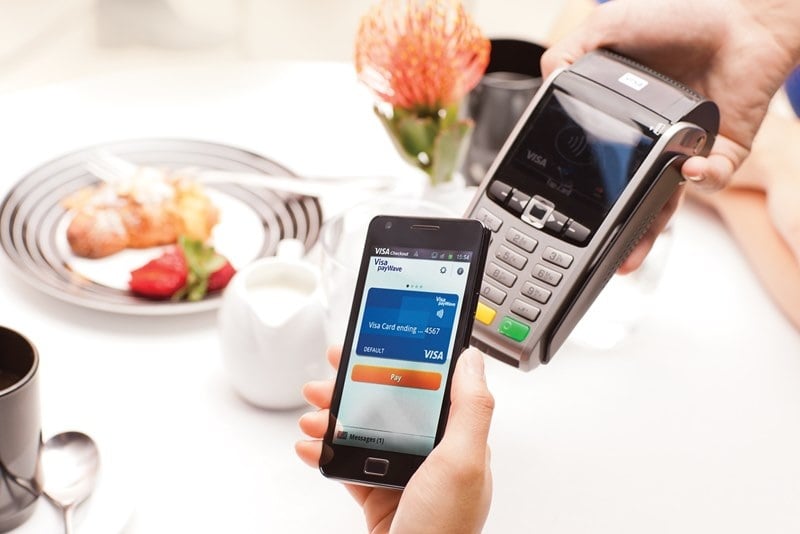
Most contactless payments work on a type of short-range wireless technology known as Near Field Communication (NFC) technology. Contactless cards have a chip embedded in them that allows communication over to a contactless-enabled reader. The exchange of radio waves between the chip in the card and the payment terminal results in a contactless transaction being made.
In addition, most modern smartphones today have built-in NFC, usually used for data transfer between devices. In recent years, smartphone companies began unlocking NFC to enable contactless payments using credit cards stored in the devices’ virtual wallets.
NFC is actually an evolution of radio frequency identification (RFID) technology – which most Malaysians will recognise as the latest way to pay for your toll fare.
#2 How Do You Make a Contactless Payment?
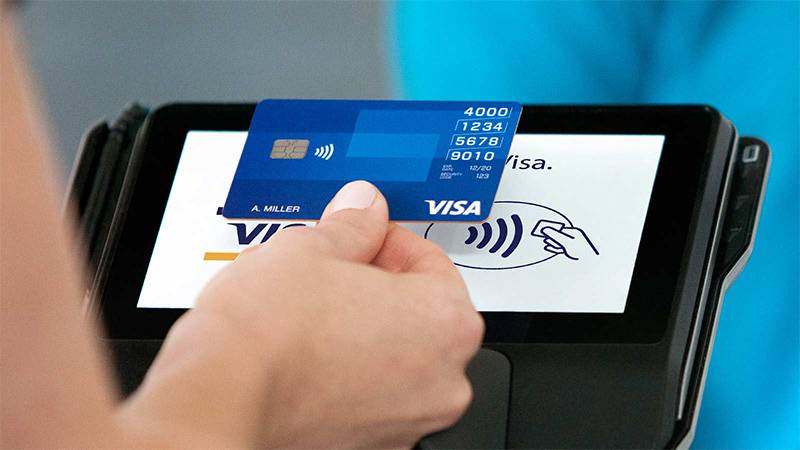
First of all, make sure that the merchant’s payment terminal is contactless enabled. You can do this by looking out for the contactless symbol at the checkout counter. As contactless transactions are accepted in almost every major store in Malaysia, you shouldn’t have an issue opting for this method of payment.
To make a contactless payment, just tap your contactless card or device against the merchant’s checkout terminal, and hold it for 1-2 seconds. An audible beep sound from the terminal usually follows, indicating that information has been captured and it is safe to remove the card. And… that’s it. If your card has sufficient credit limit, the transaction will go through. The whole transaction usually only takes 4-12 seconds to complete.
For transactions under RM250, you don’t need to key in your six-digit PIN on the keypad, making your payment experience even faster and more seamless.
#3 What’s With The RM250 Limit?
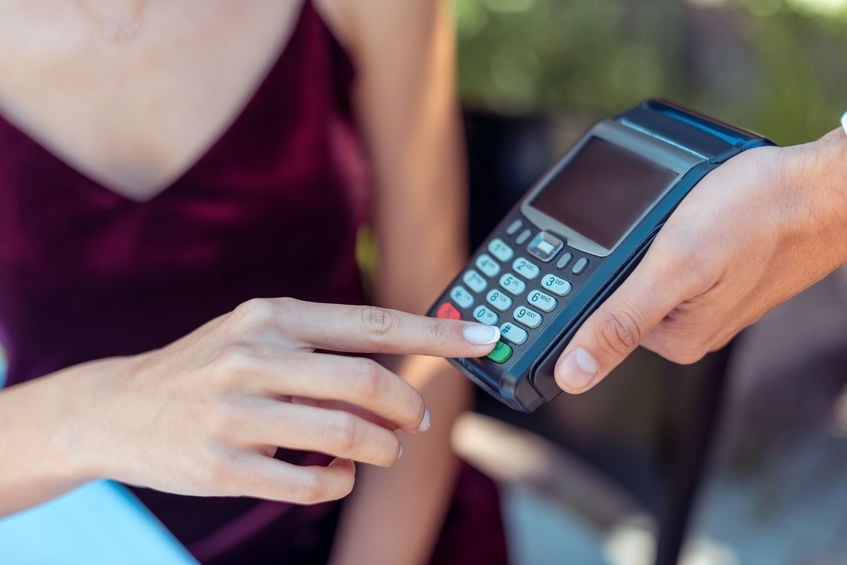
There is a common misconception that you can’t make contactless payments for transactions above RM250. This isn’t true. If your contactless transaction is above RM250, you can still go contactless – there’s just one extra step to take.
For transactions above RM250, tap your card against the reader like you would with an ordinary contactless transaction. When you hear the beeping sound, remove the card from the terminal, which will now request you to “Enter PIN”. Key in your six-digit PIN, and again if your card has sufficient credit the transaction will be approved. So, you don’t need to insert your card into the reader at any point – you just need to tap and key in your PIN.
This is important to remember, as some credit cards in Malaysia today offer perks for contactless purchases – don’t miss out on them because of false information.
#4 Why Should You Use Contactless?

Some credit cards in Malaysia offer additional benefits when you make contactless payments. For example, you could get 5% cashback for contactless transactions with certain credit cards – providing even more incentive for you to switch to contactless payments.
However, most people opt for contactless payments simply because it’s speedy and convenient. Contactless transactions, on average, take a few seconds from tapping to completion – the fastest among other credit card payment options.
It is also certainly faster than whipping out your phone, opening your e-wallet app, navigating to the “Pay” function, scanning the retailer’s unique QR code, and manually keying in the purchase amount.
#5 Are Contactless Payments Safe?
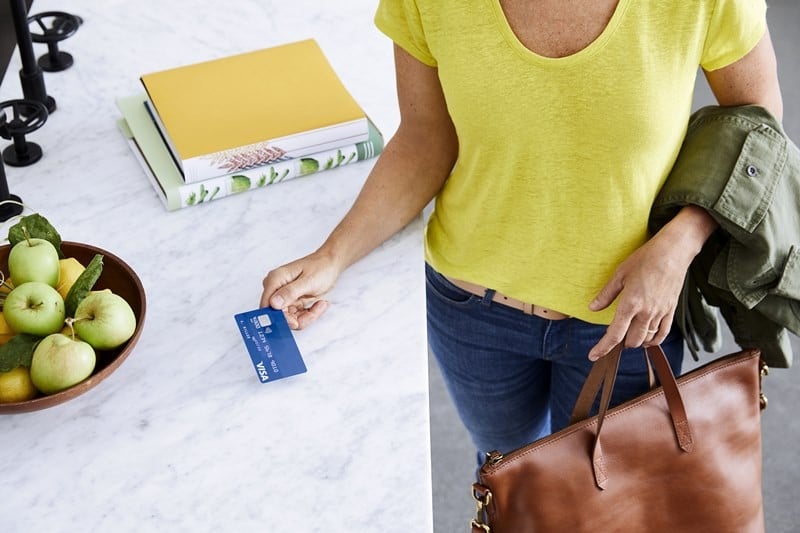
There has been plenty of debate regarding the security of contactless payments. The most popular concern is whether someone can “steal” your card info, or whether someone can just “tap” your card to complete a fraudulent transaction.
The truth is, data interception of contactless transactions is really, really difficult to be done, requiring many variables to be aligned at the right moment. Contactless cards today have many security features built in to prevent that.
For example, Visa’s contactless-enabled cards contain embedded chips that use cryptography to generate a unique one-time code to authenticate a transaction. In addition, these chips also do not store the cardholder name nor the CVV number, which means the intercepted data (if it is acquired) cannot be used for card-not-present transactions (such as online payment).

On top of that, a card needs to be placed within 4cm of the terminal for at least 1-2 seconds to complete a transaction. That means you can’t “accidentally” pay for something as you walk by a payment terminal – the action has to be deliberate to be registered.
***
If you were unsure about going contactless before, hopefully these facts about contactless payments will help answer some of your questions. Once you opt for contactless, you’ll find that fumbling for the right amount of cash or sticking your card in the reader are things of the past, while other solutions such as e-wallets are still more cumbersome. So, start going contactless and you’ll have a secure way of paying that takes up lesser time at the checkout counter.

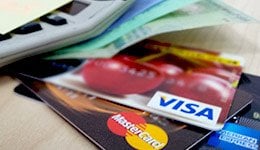


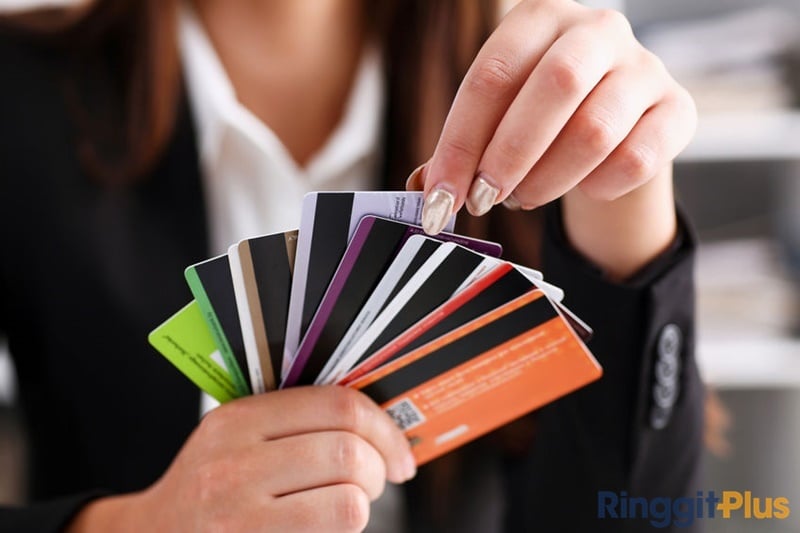

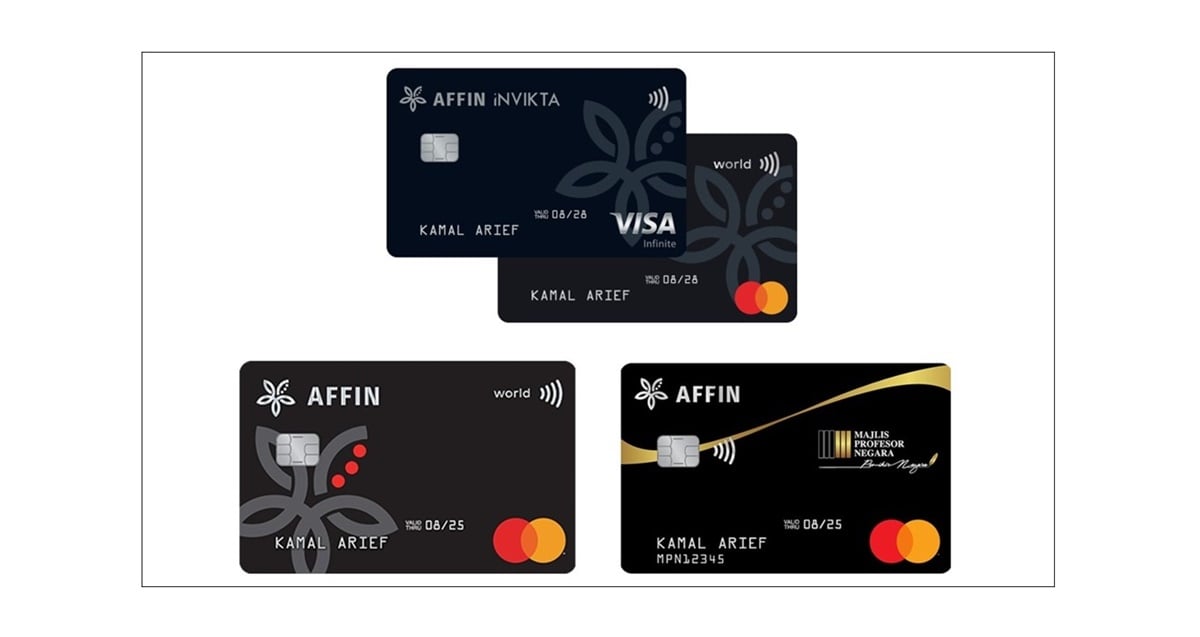


Comments (2)
What happens if you lost your card? Someone can pay for items below 250MR if they are quick, and you haven’t yet informed the bank to block?
If you lose your credit card, it’s best to report it to the bank immediately. They can block the card to prevent unauthorized use and limit your liability for any fraudulent transactions.